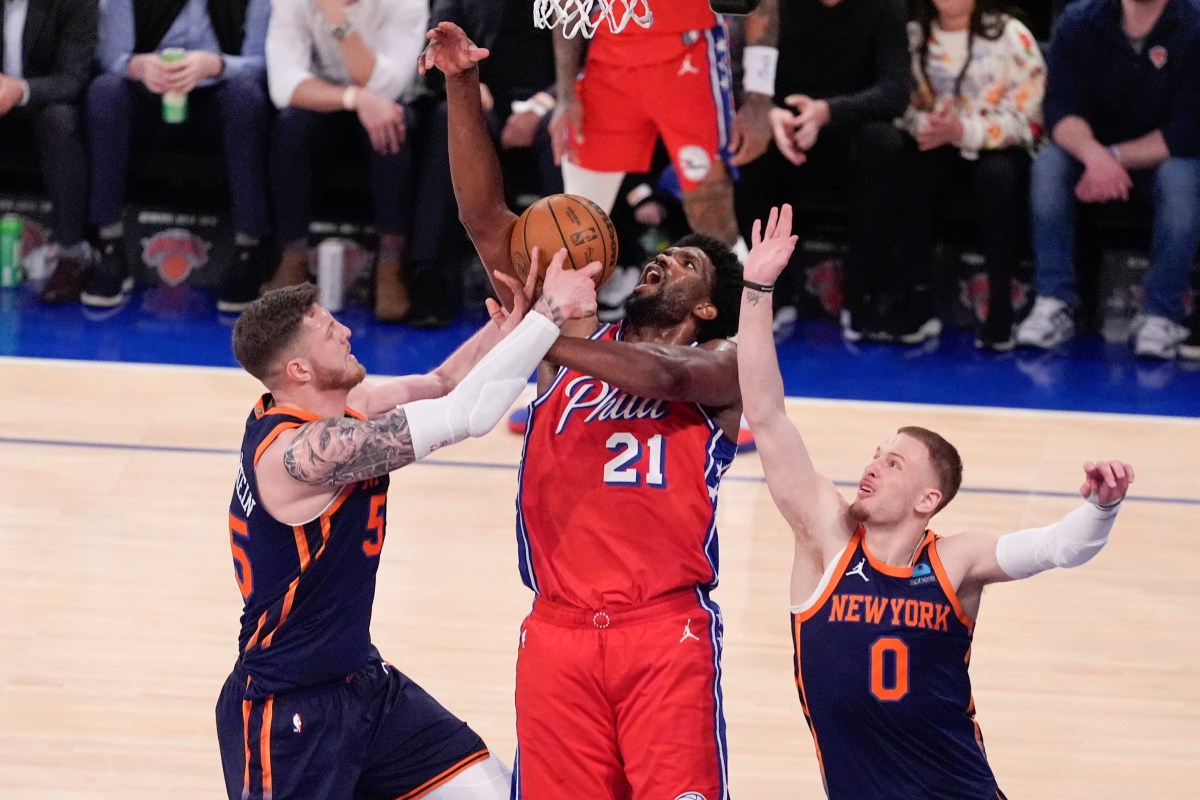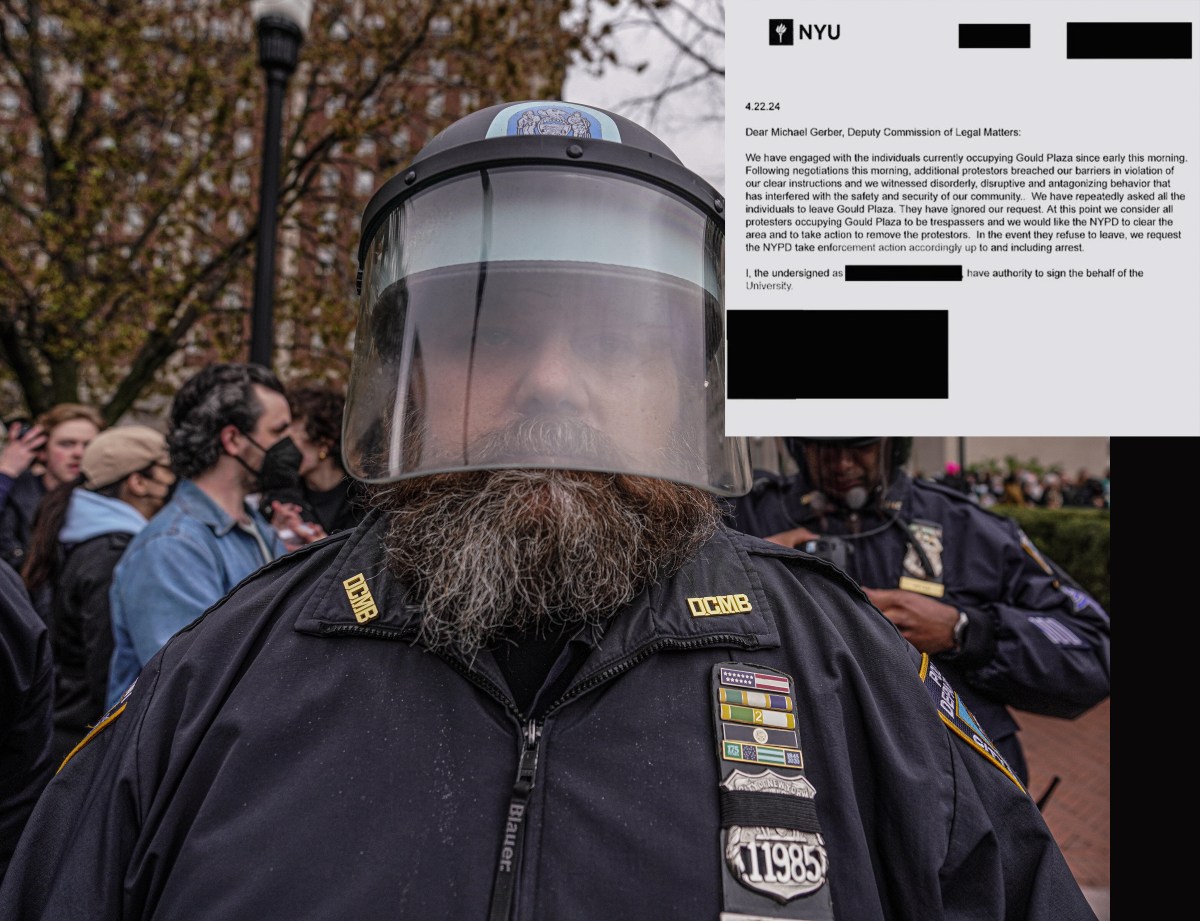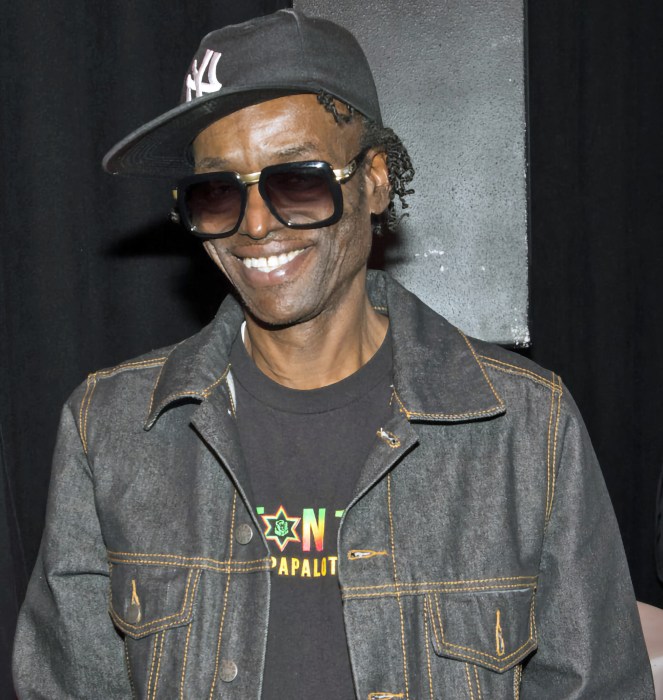Tim Blake Nelson is one of “those guys”: a scene-stealing character actor you see in small but key roles in movies, most noticeably “O Brother, Where Art Thou?” (as jailbird Delmar), “The Good Girl,” “Lincoln” and, most recently, “Fantastic Four.” But he’s also an esteemed playwright and filmmaker, who made the devastating Holocaust drama “The Grey Zone” and the dark weed comedy “Leaves of Grass.” He’s part of the vast ensemble in his latest, “Anesthesia,” which follows several New Yorkers dealing with various problems, played by the likes of Sam Waterston, Glenn Close, Michael K. Williams and Kristen Stewart. But he says it’s definitely no “Crash.” RELATED: 11 underrated performances in 2015 movies Is it difficult corralling so many actors into a low-budget film?
In this day and age you’re more likely to get actors to do your movies, because there are fewer films being made. In many of the ones being made these days, actors are second to special effects. So when you write a drama with really interesting stuff to do, with characters who actually have something to say and face difficult challenges, you can really get actors to join you. The actors who show up want to be there, because they’re certainly not being well-paid. A lot of terrific actors wind up in big budget films, I gather in part so they can fund themselves as they do smaller films.
Exactly. Certainly “Fantastic Four” was one. Weirdly “Lincoln,” too. We didn’t get much up front on that, but Steven [Spielberg] was really great about box office bonuses. I’d like to think without “Lincoln” and “Fantastic Four” there would have been no “Anesthesia.” RELATED: Review: “The Treasure” is a strangely almost-upbeat Romanian New Wave movie There have been a lot of movies about interconnected characters, the most famous being “Crash.” Would you say it’s like one of those or more like a collection of scenes around characters? I like a collection of scenes around characters. I certainly didn’t say to myself, “I want a pinwheel structure film.” It just evolved that way. I didn’t really have “Crash” in mind. I think the characters have a lot more in common than the connections that end up emerging. These are really smart people trying to figure out their way in New York right now. Many of them are overwhelmed by technology; one is overwhelmed by drug addiction. But they’re all facing their discontents. It’s more a movie about commonality than connection. It’s also unusually short and compact for an ensemble cast movie. Did you always intend for it to be under 90 minutes?
No. It always happens to me. I chop my films down. [Laughs] I get to the point where I bring them in under two hours, but they never start that way. I just keep paring away whatever I feel is unnecessary. My initial background as a writer was in poetry, and that’s had a lasting effect. I watched the movie last night and I thought, “Why did I cut out of that scene so quickly?” I think I was a little too impatient with the editing. But it is what it is. Brevity is the soul of wit, but it’s also hard.
I pick up influences from all these directors I get to work with as an actor. And Joel Coen has said to me for years, “There is absolutely no reason any movie has to be longer than two hours.”
RELATED:5 films to watch at Lincoln Center’s “Neighboring Scenes” series Do you sometimes take jobs just to see how other filmmakers work?
No. I love acting. There’s no agenda other than playing fantastic roles in interesting stories. Getting to be around these great directors is just an added plus. And I learn different approaches from everyone. One of my greatest gifts was being able to work with, pretty much back to back, the Coens and Terrence Malick, doing “The Thin Red Line” and then “O Brother.” Their approaches couldn’t be more different, to storytelling and also to running a set. You just marvel at each. It’s like looking at a Picasso and then a Matisse or a Cezanne, or a Gaugin and a Van Gogh. Being an actor on a Terrence Malick film must be fascinating and scary. You’re not even sure what will end up in the final film.
That was the movie where we all learned how to leave our egos at the door. It was a difficult and enriching five and a half months on “The Thin Red Line,” for ultimately very little screentime. I love Terry and I don’t miss any of his movies and would gladly work with him again. But it was difficult not to know what was going to happen every day, not to know whether you were in a scene you originally weren’t supposed to appear in — or the inverse, which is being removed from a scene you felt was important to you. Living with that on a daily basis was difficult and enriching. You felt like you were paint on a palette. RELATED: Why Kristen Stewart is a great actress and more than “Twilight” Kristen Stewart plays one of the characters here. Did you encounter her huge fan base while trying to shoot her scenes in college spaces?
Yes. [Laughs] It was a mob scene. Luckily I only had her for three days, in that respect. But I love Kristen. She’s a blue-collar worker as an actor. She has a strong work ethic; there’s no attitude whatsoever. She comes from a crew background, so she just gets it. Follow Matt Prigge on Twitter @mattprigge


















